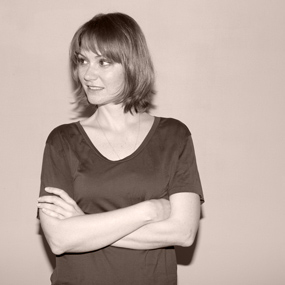Tasmanian retreat tops off an inspirational initiative to support design and craft in Australia
Into the Wild
Our plane from Melbourne landed in Hobart in the late afternoon. There were nearly 30 of us in total—a mix of designers, makers, curators, and me—that congregated curbside to load up the rental vans. In the southern hemisphere, winter held on, so we raced against the sun, driving 30 miles to catch a ferry, before crossing the bay and driving even farther down narrow, country roads, until we arrived, finally, at the rolling, seaside property of architect John Wardle, our generous host for this long weekend. The sun won, and as the campers wrestled with their tents in the chilly blackness, I was shown into the cozy, timber-clad interior of Wardle’s award-winning home. Feeling self-conscious about having a place to sleep inside while others endured the elements, and acutely aware that I had no idea where I was, I nervously asked my newfound friend and fellow international guest, Italian designer Antonio Aricò, “So… what do think?” His response could not have been more prescient: “Tomorrow we wake up in paradise.”
My epic journey to the gorgeously remote Bruny Island—located off the southern coast of Tasmania (which, to put a fine point on it, is itself an island off the southern coast of Australia)—was the culmination of an ambitious, enviable, three-year-long initiative of the Australian government aimed at advancing the nation’s design and craft production. The most public component of the program, the Parallels: Journeys into Contemporary Making conference, took place in Melbourne in September and was co-organized by the National Craft Initiative of Australia and the National Gallery of Victoria (NGV). Over the course of two full days, twenty-some local and international practitioners and promoters working at the intersection of design and craft—including Andrea Trimarchi of Formafantasma, Simon Hasan, Trevyn and Julian McGowan of Southern Guild, and Cyril Zamit of Design Days Dubai—reflected on their own successes and frustrations in a world increasingly drawn to the handmade. These talks and roundtables were then used to fuel a post-conference summit of Australian arts organizations charged with generating an actionable plan to build a better future for makers. Much credit goes to NGV curators Ewan McEoin and Simone LeAmon for putting together such a relevant and engaging series of discussions, which in aggregate advocated for greater cooperation among those invested in the field, while suggesting a general mandate to embrace risk taking. Be still my design-loving heart!
This admirable Aussie mission manifested again with the Bruny Island Design Camp, a decidedly more intimate but just as noble-minded affair, for which Design Tasmania and the NGV brought together leading design and craft talents from Tasmania, greater Australia, and as far afield as London and Tokyo. For three days, we were taken to meet local farmers and admire their flocks, to hike the undulating hills, and to explore the coastline, all the while learning about Bruny’s history, from the ancient aboriginal settlements and the European colonization in the 17th century, to the island’s current reputation for artisanal cheese and rustic tourism. Three times a day, we gathered to eat local food and spend time getting to know each other. Throughout, my fellow campers were meant to work on a brief: to scavenge materials from the sheep farms, woods, and beaches to use in the creation of objects that celebrate communal eating rituals. To what end? The purpose was to have those who identified as craftspeople collaborate with those who identified as designers to uncover where the boundaries of each overlap and diverge as means of fostering community.
Imagination, resourcefulness, and experimentation led the way. The setting was idyllic, but the materials in situ challenged the professional approaches of the creatives, who were each habituated in his or her own highly planned production practices. Back home, the woodworkers among the group have sophisticated tools and fine hardwoods at hand. The jewelry designers have gold and silver at their disposal; architects have their CAD programs. On Bruny Island, the fossicking yielded abalone shells, bull kelp, riverbed clay, unprocessed wool, twigs, stones, and a miscellaneous array of wire and scrap metal stored in the shed of Wardle’s farm. As Tasmanian-born, London-based designer Brodie Neill remarked, “It was a time to leave preconceived ideas at the door and dive headfirst into the unknown.”
Though we came from different parts of the world, bringing diverse perspectives to the group, we shared a feeling of gratitude toward those who had made possible this open-ended respite from business as usual. Laura McCusker, a down-to-earth, no-nonsense (and extraordinarily talented) Tasmanian furniture designer-maker voiced our collective sentiment: “I’m often loathe to leave my studio when there’s always work that needs to be done,” she said. “I feel guilty about spending time and money away from my core business. But then I get here, and realize how important it is to commit to these types of professional development opportunities. I’m sure many—probably most—craftspeople, artists, designers got into this industry because they love to play, create, experiment, and explore materials and processes. I guess we have to grow up and get serious; and before you notice it, some of the vibrancy is gone. Events like Design Camp Bruny remind me how important it is to play.”
Thoughtful, compassionate Central Australian designer Elliat Rich (another huge talent) chimed in: “We’re living in a time where patience is at a premium, and communication is often quick and to the point. Being responsive only to what you can scavenge is a liberation from the focused research that goes into materials and fabrication. And taking people out of their routines provides the opportunity for clarity.” She added, “The generosity of the hosts, their consideration and support for everyone who was there, was so unexpected. This can make a big difference for designers and makers, as far as believing in themselves and forging ahead. And it pays dividends through friendships, professional networks, and a sense of connection.”
For myself, I couldn’t help thinking that even though we were all transposed into an environment of stark simplicity, we were actually enjoying a great luxury—precious time to think, share and learn. And experiencing the benefits first hand, I’m on the lookout now for more government initiatives like this. In the meantime, I know some invitees, like Aricò and Rich, are looking into creating similar retreats in their own scenic hometowns. And host John Wardle is also game to repeat the Bruny retreat himself. “Seeing others respond to this coastal landscape, with its constructed and social histories, has slightly recalibrated and expanded my own appreciation of this place. Will I do it again? Absolutely.”
If you’d like to learn more about the fantastic talents who attended this retreat, please find them on the web:
Hugh Adamson, Architect, Australia
Antonio Aricò, Designer, Italy
Ben Beams, Blacksmith Artist, Tasmania
Emma Bugg, Jewelry Designer, Tasmania
Anita Dineen, Goldsmith, Tasmania
Rye Dunsmuir, Furniture Designer-Maker, Tasmania
Linda Fredheim, Furniture Designer-Maker, Tasmania
Jon Goulder, Designer-Maker, Australia
Dale Hardiman, Designer, Australia
Shun Hariki, Architect, Japan
Simon Hasan, Designer, UK
Helen Kontouris, Designer, Australia
Simon Lloyd, Designer, Australia
Laura McCusker, Furniture Designer-Maker, Tasmania
Duncan Meerding, Furniture & Lighting Designer, Tasmania
Brodie Neill, Designer, UK
Abbie Pedersen, Artist, Tasmania
Elliat Rich, Designer, Australia
Ben Richardson, Ceramic Artist, Tasmania
Natasha Sutila, Designer-Maker, Australia
Liz Walsh, Architect, Tasmania
John Wardle, Architect, Australia
With special thanks to National Gallery of Victoria curators Ewan McEoin and Simone LeAmon for the invitation; and to the indefatigable Abbie Pedersen and Rye Dunsmuir of Design Tasmania for taking care of all of us.
-
Text by
-
Wava Carpenter
After studying Design History, Wava has worn many hats in support of design culture: teaching design studies, curating exhibitions, overseeing commissions, organizing talks, writing articles—all of which informs her work now as Pamono’s Editor-in-Chief.
-
More to Love
Wedding Table by Antonio Aricò

Trunk Watering Can by Antonio Aricò

Swing Chair by Antonio Aricò
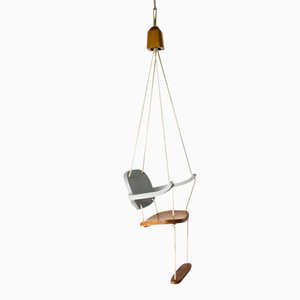
Teaplof Kettle by Antonio Aricò

Big Countryside Shelf by Antonio Aricò
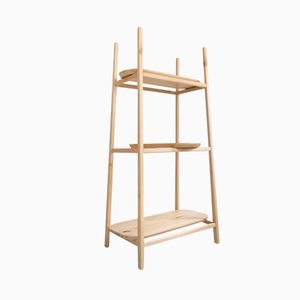
Kitchen Utensils by Antonio Aricò, Set of 9

Tasty Chair by Antonio Aricò

Core Collection by Elbowrkshp, Set of 3
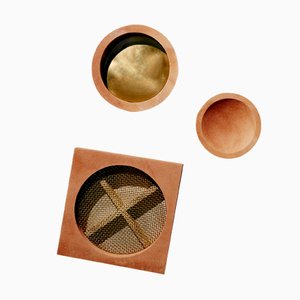
Core Collection with Leather Insert by Elbowrkshp, Set of 3
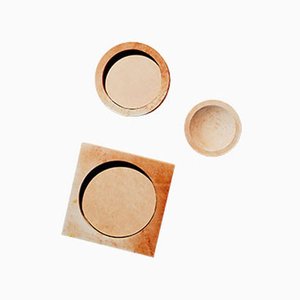
Alphabet Water Pitcher by Formafantasma
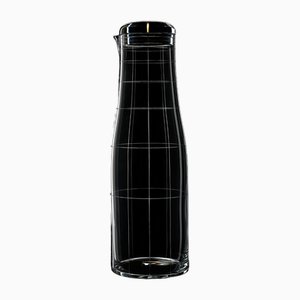
Alphabet Water Glass by Formafantasma
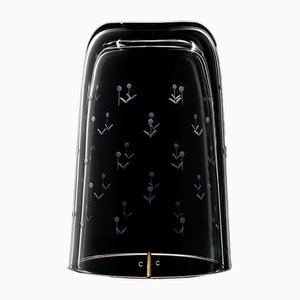
Alphabet Water Glass by Formafantasma


